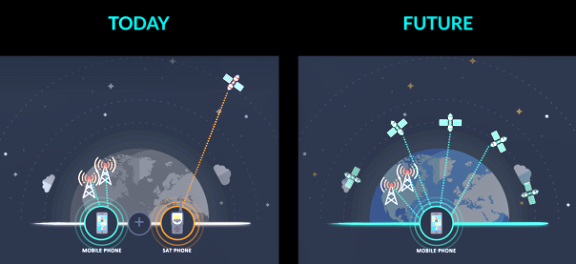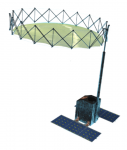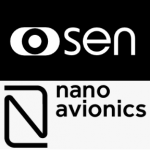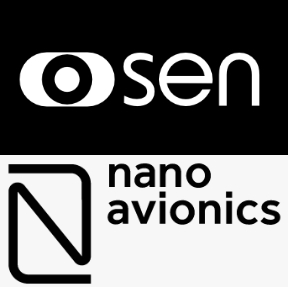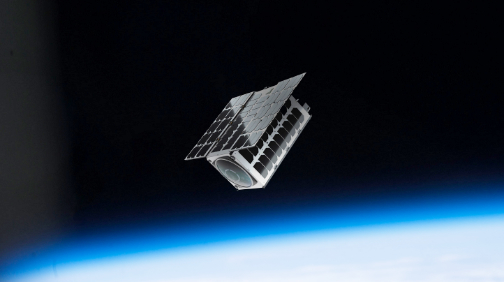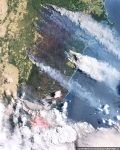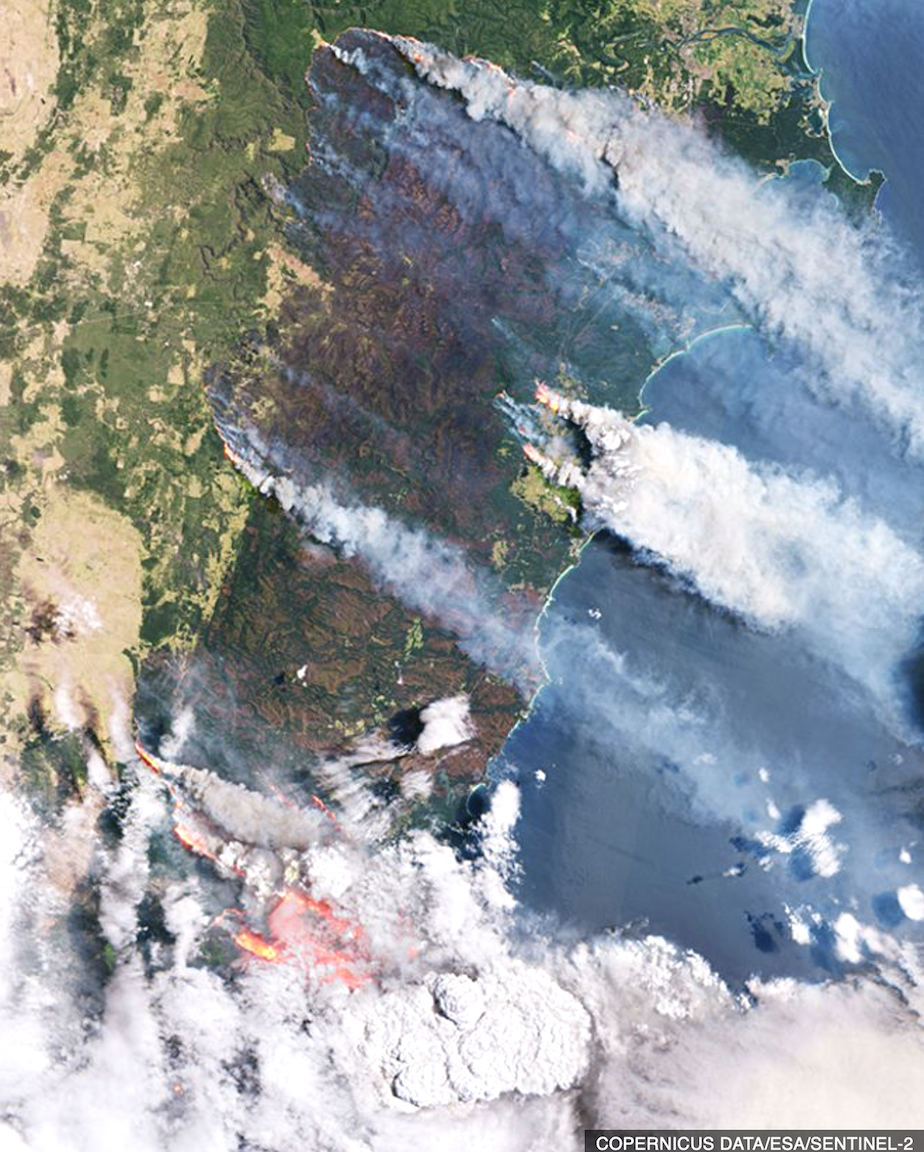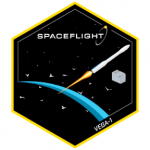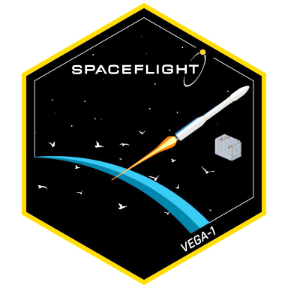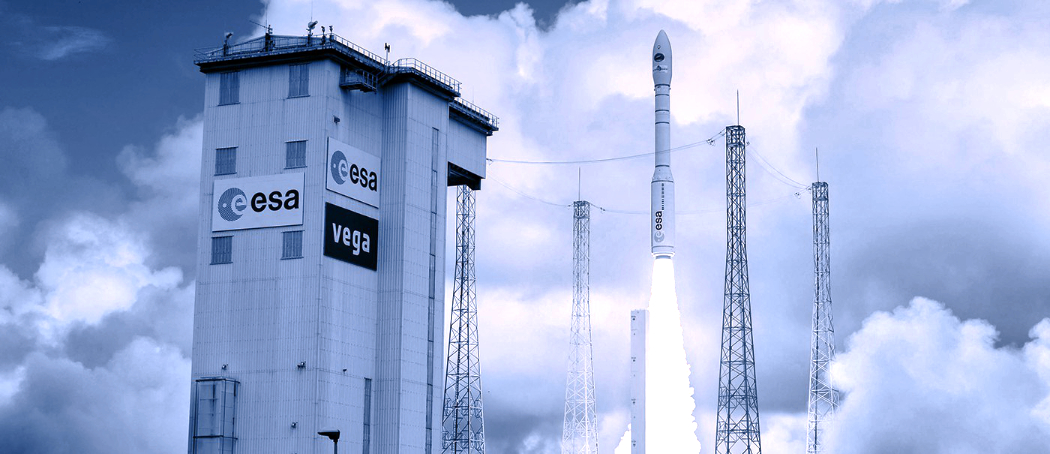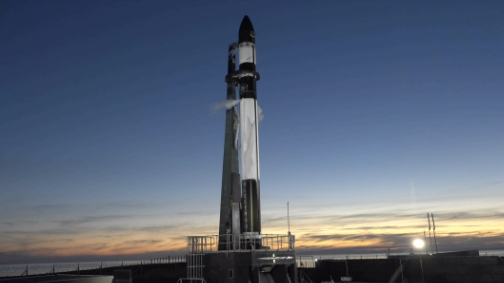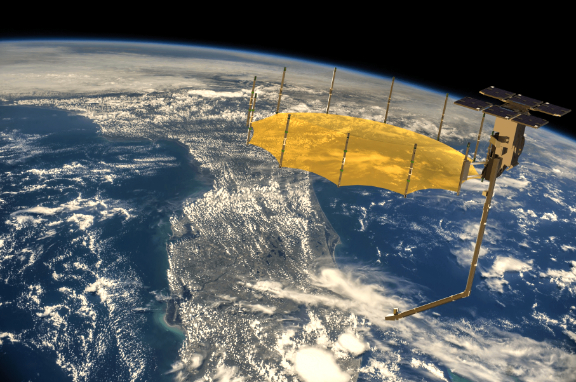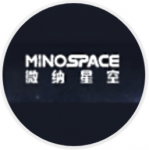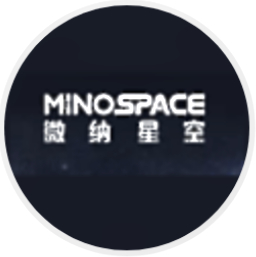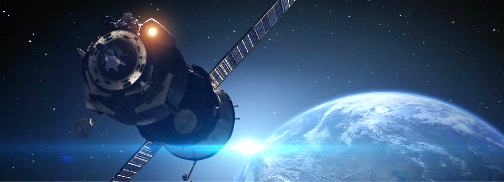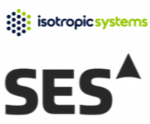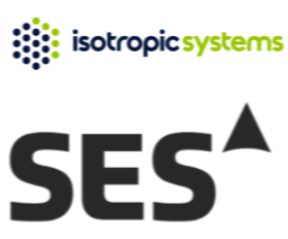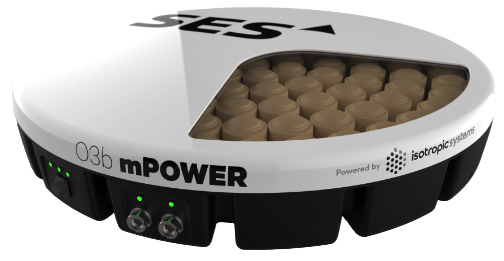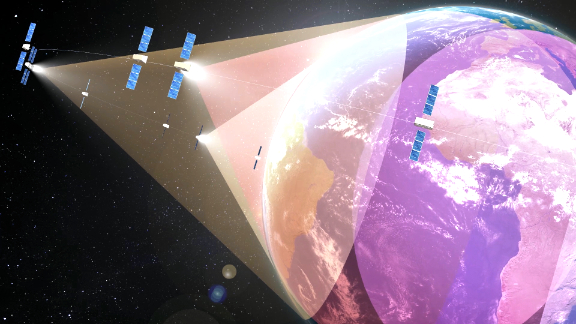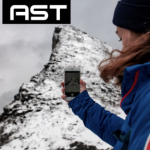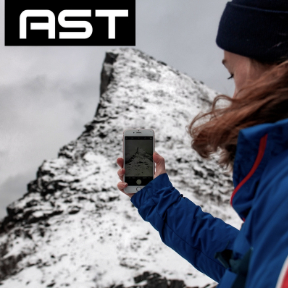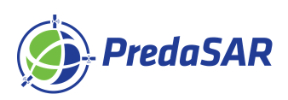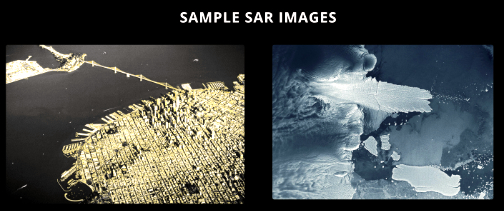

Charles Miller

Charles Miller is the Co-Founder and Chief Executive Officer of Lynk. He is a serial space entrepreneur with 30 years of experience in the space industry, and has been the founder or co-founder of multiple private ventures and organizations. He is a national leader in the creation and development of public-private partnerships in commercial space to serve public needs.
One of Charles’ previous startups is NanoRacks, which has delivered more than 700 payloads to space and is the current world leader in smallsat launches. Charles served as NASA’s Senior Advisor for Commercial Space from 2009-2012 where he advised NASA leadership on commercial public private partnerships.
At NASA, he managed USG teams that developed strategies for commercial development of reusable launch vehicles, on-orbit satellite servicing, orbital debris removal, microgravity applications, lunar development, space communications, and space solar power. Charles’ clients have included NASA, DARPA, the USAF, and many private commercial space firms.
Good day, Mr. Miller… please tell us about Lynk.
Charles Miller (CM)
Lynk has developed a breakthrough technology that will provide connectivity for cell phone users virtually anywhere on the globe using a network of Low Earth Orbit (LEO) smallsats. This includes providing a safety net for people working or traveling in remote locations and giving relief agencies and first responders a highly reliable means of communication when responding to natural disasters.
How does the firm’s technology work?
CM
Cell phones connected to terrestrial towers generally have a range limited to around 35 kilometers if the line-of-sight is not interrupted by hills, buildings, or foliage. The signal can travel much further, but the reception range is artificially limited by the highly accurate time frames of the cell phone protocol.
However, with Lynk’s patented technology, the phone signal can reach a satellite flying across the sky in a 500-kilometer altitude orbit. Our satellites are sensitive enough to connect to the phone for text messages and voice calls using standard cell phone protocols.
Lynk’s technology allows standard cell phones, without any changes in hardware or software, to be connected anywhere on the globe using LEO smallsats.
How will this service be delivered to users?
CM
Lynk has signed trial agreements with 30 partners, including 21 Mobile Network Operators (MNOs) representing approximately 1.1 billion mobile phone subscribers. The service will be sold to phone subscribers through their MNOs. We want to make the experience as seamless as possible to the end user.
You will have one phone, and one phone plan. When you roam on to our “cell network in space,” the charges will show up on your existing plan at the end of the month.
What is the ultimate goal of Lynk?
CM
Our goal is to provide everyone, everywhere, mobile connectivity.
When hurricanes take out the phone towers, there will be immediate and instant backup for emergency responders to come save you.
When fires or tornadoes threaten to destroy your community in a remote area, you and your family will receive timely notice of the threat and be given effective directions on what you need to do.
When your truck, boat, ATV, or snowmobile breaks down in a remote area, or you break your leg while hiking in the mountains, you will always be able to call for help. Nobody should ever die because they have a phone in their pocket that was not connected.
